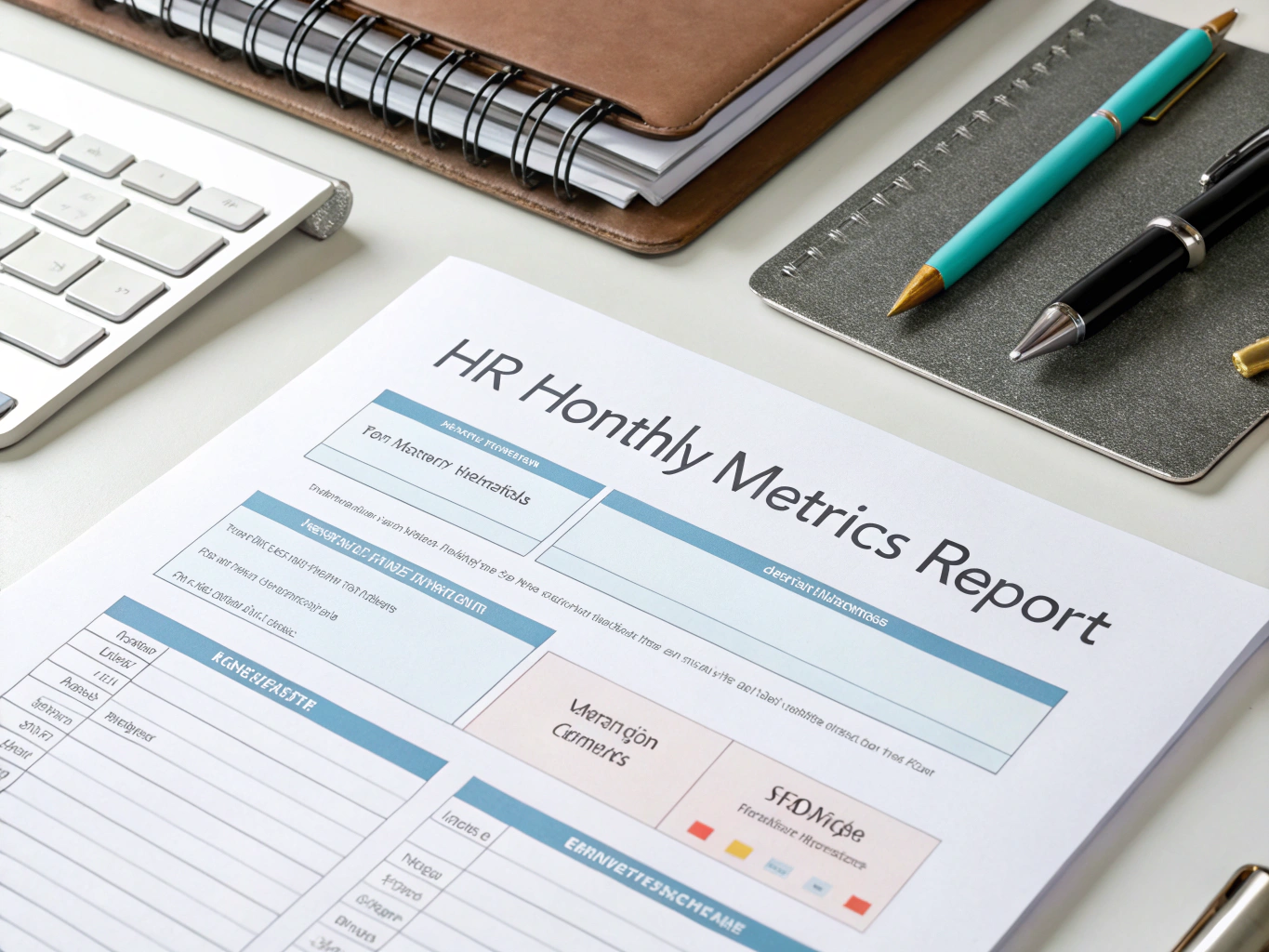What is a Checklist Domestic Partner Benefits Administration?
The Checklist for Domestic Partner Benefits Administration is a systematic guide designed for HR professionals to effectively manage and implement domestic partner benefits within an organization. It serves as a comprehensive tool to ensure all necessary steps are taken, from policy development to enrollment and compliance. This checklist is particularly useful when your organization aims to support diverse family structures and foster an inclusive workplace culture.
Template
Below is a template you can customize for your organization’s needs:
Domestic Partner Benefits Administration Checklist
1. Policy Development
- [ ] Clearly define “Domestic Partner” in your policy.
- [ ] Ensure compliance with relevant laws (federal, state, local).
- [ ] Determine eligibility criteria (e.g., shared residence, financial interdependence).
- [ ] Outline required documentation for verification (e.g., affidavit, joint bills).
- [ ] Specify benefits available to domestic partners (e.g., health, life insurance).
- [ ] Address tax implications for both employer and employee.
- [ ] Include provisions for benefit termination (e.g., relationship ending).
- [ ] Regularly review and update policies for alignment.
2. Communication and Training
- [ ] Develop clear communication materials for employees (e.g., FAQs, brochures).
- [ ] Conduct training for HR and benefits administrators.
- [ ] Create a plan to announce domestic partner benefits availability.
- [ ] Provide resources for understanding tax implications.
3. Enrollment Process
- [ ] Create and distribute a Domestic Partner Affidavit form.
- [ ] Set deadlines for submission of documentation.
- [ ] Establish procedures for eligibility verification.
- [ ] Integrate domestic partner options into the enrollment system.
- [ ] Provide instructions for employees on how to enroll their partners.
4. Benefits Administration
- [ ] Coordinate with insurance providers to include domestic partners in coverage.
- [ ] Ensure accurate calculations of imputed income for tax purposes.
- [ ] Monitor enrollments for compliance with eligibility requirements.
- [ ] Set up processes for updating or terminating benefits.
- [ ] Establish protocols for disputes or appeals related to benefits.
5. Legal and Compliance
- [ ] Regularly review regulations for updates.
- [ ] Ensure compliance with anti-discrimination laws.
- [ ] Review tax implications and adjust policies as needed.
- [ ] Maintain records of all elections and terminations.
6. Review and Feedback
- [ ] Collect feedback from employees and HR staff on the benefits process.
- [ ] Periodically review benefits to meet employee needs.
- [ ] Update programs based on feedback and legal requirements.
- [ ] Report on utilization and costs to management.
7. Documentation and Record Keeping
- [ ] Keep copies of all Affidavits and supporting documentation.
- [ ] Maintain confidentiality of personal information.
- [ ] Ensure secure storage of records accessible to authorized personnel.
8. Benefits Renewal and Open Enrollment
- [ ] Review offerings prior to open enrollment.
- [ ] Communicate any changes in benefits or policies to employees.
- [ ] Provide refresher instructions on enrollment procedures.
- [ ] Update systems to reflect changes in benefits.
Purpose and Benefits
The purpose of this checklist is to provide a clear framework for managing domestic partner benefits, ensuring fairness and compliance while fostering an inclusive workplace. By implementing this checklist, you demonstrate your organization’s commitment to diversity and inclusion, which can enhance employee satisfaction and retention.
- Improved Inclusivity: By offering domestic partner benefits, you cater to a wider range of employees, fostering a culture of acceptance.
- Legal Compliance: The checklist helps ensure that your policies align with current laws, reducing the risk of legal issues.
- Streamlined Administration: A structured approach simplifies the management of benefits, saving time and resources.
- Enhanced Employee Engagement: Clear communication about available benefits can increase employee awareness and utilization.
Essential Components
To effectively administer domestic partner benefits, your checklist should include the following essential components:
- Clear Definitions: Precise definitions of terms like “Domestic Partner” help avoid confusion and ensure compliance.
- Eligibility Criteria: Clearly outlined eligibility requirements ensure that only qualifying partners receive benefits.
- Documentation Requirements: Specifying the necessary documentation helps streamline the verification process.
- Benefits Overview: A comprehensive list of benefits available to domestic partners allows employees to understand what is offered.
- Compliance Measures: Regular reviews of legal requirements ensure that your policy remains up-to-date.
How to Use This Form
To effectively implement and utilize this checklist, consider the following practical steps:
- Customize the template to fit your organization’s specific needs, ensuring all local laws are considered.
- Assign a dedicated HR team member to oversee the implementation and address any questions.
- Communicate the checklist to all employees, ensuring they understand the benefits available to them.
- Regularly review and update the checklist to reflect any changes in laws or organizational policies.
- Encourage feedback from employees to continuously improve the benefits process.
Legal and Compliance Considerations
When administering domestic partner benefits, it is critical to stay informed about relevant federal, state, and local laws. This includes understanding tax implications, eligibility, and anti-discrimination regulations. Regular audits of your policies and practices can help ensure compliance and protect your organization from potential legal challenges.
Best Practices
To maximize the effectiveness of your domestic partner benefits administration, consider these best practices:
- Transparency: Provide clear, accessible information about available benefits and the enrollment process to all employees.
- Training: Regularly train HR staff on the nuances of domestic partner benefits to ensure consistent administration.
- Technology Utilization: Leverage benefits administration platforms to streamline processes and improve efficiency.
- Feedback Mechanism: Create a system for employees to provide feedback on the benefits program, enabling continuous improvement.




